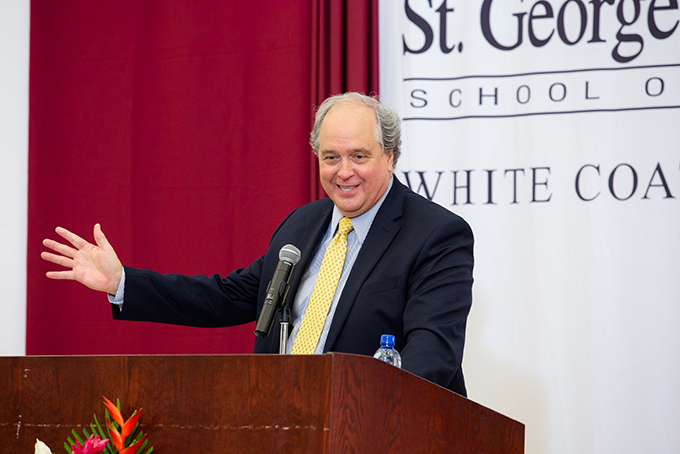
American medical schools are suffering from a severe case of economic homogeneity. Three in four med students come from families with incomes in the top 40 percent of the population. Just 5 percent of students come from the bottom income quintile.
People from poor backgrounds aren’t the only ones underrepresented in medicine. The field lacks sufficient numbers of minorities of all sorts — socioeconomic, ethnic, even linguistic.
Medicine’s diversity crisis isn’t just cosmetic. It’s harming patients.
About half of medical students are White males. Ethnic minorities comprise just 4 percent of medical school faculty and 8 percent of American doctors.
This homogeneity is fueling physician shortages in vulnerable communities. Doctors are most likely to work in areas that share their demographics. White medical students from wealthy backgrounds tend to return to well-off, predominantly White locales to practice. Conversely, communities that produce few medical students also tend to have few practicing physicians.
Take rural areas. Not only are there very few people from these communities training to be doctors — medical school pedagogy often ignores them entirely. Just 4 percent of family medicine training and 5 percent of internal medicine training occurs at rural, community-based health clinics.
As a result, while about 20 percent of the American population lives in rural settings, only 10 percent of doctors practice there. Rural communities have 20 percent fewer doctors per person than their urban counterparts.
Studies show that med students from rural areas are more likely to return there to practice. To address the shortage of rural doctors, med schools need to recruit rural students in the first place.
The story is similar for racial minorities. Research suggests that Black doctors are more likely to practice medicine in communities with higher proportions of Black residents. Likewise, Hispanic doctors tend to work in areas that have, on average, double the share of Hispanic residents relative to populations served by non-Hispanic doctors.
Increasing the number of Black and Hispanic doctors will surely increase access to care for their brethren.
Consequently, boosting the diversity of the physician workforce isn’t just a feel-good mission. It’s crucial to improving the quality of care, especially for at-risk Americans — and can have tangible, positive consequences for patients and doctors.
Some have taken up that charge. The University of California-Riverside’s med school provides admission preferences to students who are first-generation, speak English as a second language, come from economically disadvantaged communities, or reside in inland Southern California, a historically underserved area.
At the institution I lead, St. George’s University, all second-year students go through a 10-week rotation at a community hospital in Grenada, in the Caribbean. We’ve also made diversity the focus of our recruitment efforts. Our students come from 97 different countries; non-U.S. residents account for 35 percent of our enrollment.
Today’s medical schools don’t reflect the ethnic, socioeconomic, or geographic composition of the patient populations doctors serve. By boosting diversity, med schools can improve the quality of their training, help close the healthcare access gap, and improve patient health.
Dr. G. Richard Olds is president of St. George’s University in Grenada.